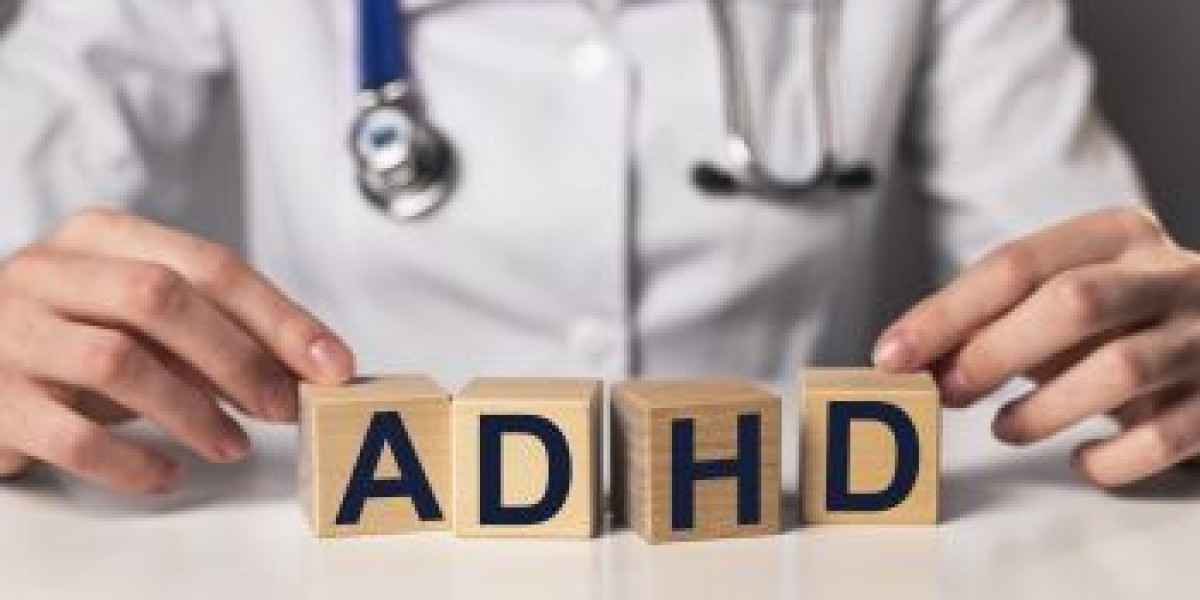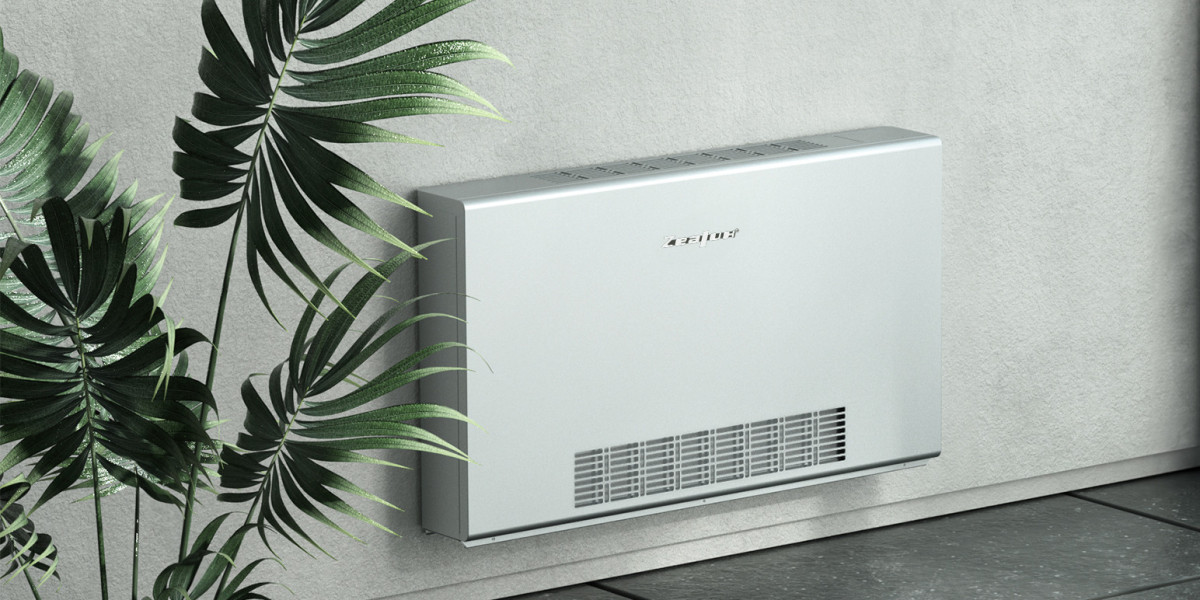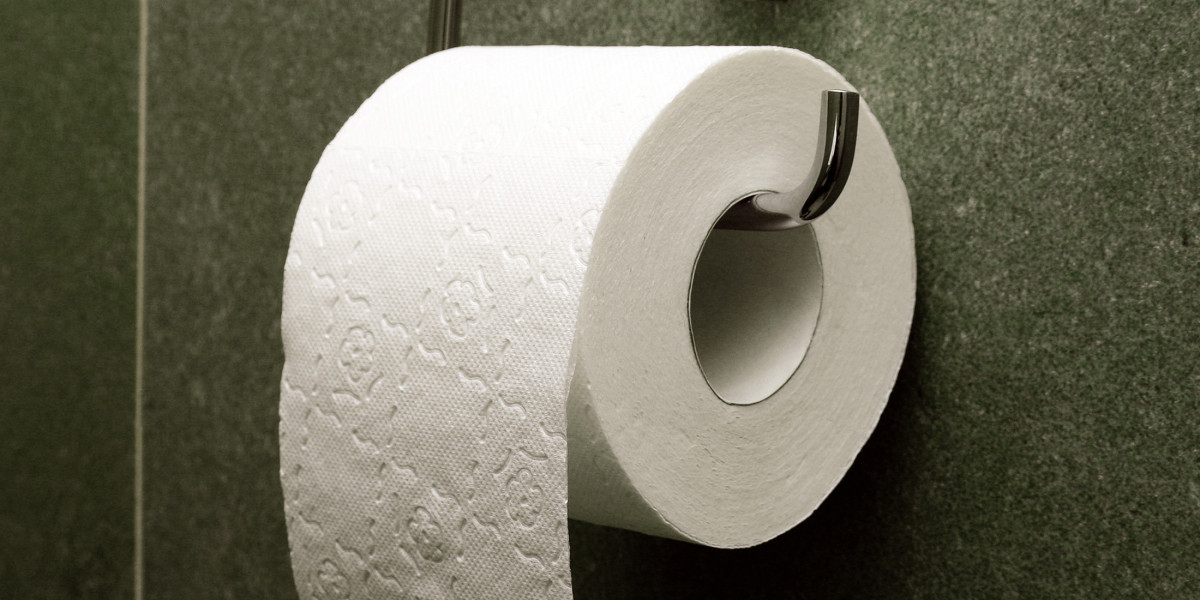Opening:
ADHD is a neurodevelopmental condition that is characterized by symptoms including inattention, hyperactivity, and impulsivity. People diagnosed with ADHD may encounter difficulties in multiple domains of their lives, such as social interactions, academic achievement, and emotional control. Although pharmacological and behavioral therapies are frequently employed to control symptoms of ADHD, there is an increasing acknowledgment of the therapeutic advantages of art therapy for individuals with this illness. Art therapy offers a distinct opportunity for individuals with ADHD to creatively express themselves, manage their emotions, enhance their ability to concentrate, and boost their self-esteem. This article examines the connection between ADHD and art therapy, specifically focusing on its efficacy as a supplementary treatment method and its possible influence on the lives of those with ADHD.
An in-depth analysis of ADHD:
Prior to exploring the advantages of art therapy for persons with ADHD, it is crucial to comprehend the characteristics of the illness and how it affects daily functioning. ADHD is a multifaceted disorder that impacts individuals throughout their lives, although symptoms typically appear in infancy and can continue until adulthood. The primary manifestations of Attention Deficit Hyperactivity Disorder (ADHD) encompass:
Inattention refers to the challenge of maintaining focus, being prone to distraction, and regularly committing unintentional errors.
Hyperactivity refers to a state of restlessness, fidgeting, and a difficulty to remain seated for long periods of time.
Impulsivity refers to the tendency to act without considering the potential repercussions, such as interrupting others and having difficulties waiting for one's turn.
These symptoms can greatly hinder scholastic achievement, work productivity, and interpersonal interactions, resulting in feelings of dissatisfaction, low self-esteem, and worry.
Conventional therapies for ADHD:
The main interventions for ADHD typically consist of a blend of pharmacotherapy and behavioral therapies. Stimulant drugs, such methylphenidate and amphetamine derivatives, are frequently given to treat symptoms by elevating dopamine and norepinephrine levels in the brain, so enhancing focus and impulse control. Behavioral therapies, such as cognitive-behavioral therapy (CBT) and parent training programs, seek to instruct individuals with ADHD in coping strategies and organizing skills to enhance their ability to handle symptoms in their everyday lives.
Although these treatments can be efficacious for numerous persons with ADHD, they may not adequately address the emotional and psychological facets of the illness. Art therapy is a valuable supplement to conventional methods in this context.
The utilization of art therapy as a method of treatment:
Art therapy is a modality of expressive therapy that utilizes the creative process of creating art to enhance mental, emotional, and physical wellness. Art therapy diverges from conventional talk therapy by emphasizing non-verbal communication and enabling clients to express and investigate their thoughts and emotions using several artistic mediums, including drawing, painting, sculpting, and collage.
An essential tenet of art therapy is that the act of producing art is intrinsically healing, irrespective of the aesthetic value of the end result. Art-making enables individuals to tap into their inner thoughts and emotions, acquire profound understanding of their experiences, and cultivate innovative strategies for dealing with difficulties.
Advantages of utilizing art therapy as a treatment for Attention Deficit Hyperactivity Disorder (ADHD):
Art therapy provides a range of advantages that are specifically designed to address the requirements of individuals with ADHD:
Art therapy offers individuals with ADHD a means of nonverbal self-expression through artistic outlets. Individuals with ADHD often face challenges in expressing their thoughts and emotions vocally, yet, they may discover that they may effectively communicate through artistic means. Engaging in artistic expression enables individuals to manifest their internal encounters, providing a means of articulating emotions that may be challenging to verbalize.
Art-making necessitates prolonged focus and concentration, posing a challenge for those with ADHD. Nevertheless, the organized and sensorially stimulating characteristics of art therapy exercises can gradually enhance concentration and duration of attention. As individuals engage in the creative process, they develop the ability to focus their attention on the current work, promoting a state of awareness and being fully present in the moment.
Emotional regulation:
ADHD frequently presents challenges in effectively managing emotions, resulting in fluctuations in mood, impulsive behavior, and feelings of frustration. Art therapy offers a secure environment for individuals to examine and manage their emotions by means of artistic self-expression. via the process of expressing their emotions via art, individuals can acquire a sense of mastery over their sentiments and cultivate more beneficial strategies for managing them.
Self-esteem and self-awareness:
Many individuals with ADHD experience diminished self-esteem and a sense of inadequacy as a result of difficulties in academic and social spheres. Participating in art therapy can enhance self-esteem by offering chances for achievement and self-assertion. As individuals engage in artistic creation and witness concrete manifestations of their creativity and skill, they cultivate an enhanced perception of their own value and assurance. Moreover, the introspective quality of art therapy fosters self-consciousness and individual development, empowering individuals to acquire understanding of their abilities, difficulties, and ambitions.
Art therapy is an effective method for reducing stress and promoting relaxation. The rhythmic and repeated actions associated with artistic activities, such as drawing or painting, have the ability to generate a mood of tranquility and enhance relaxation. Participating in creative endeavors stimulates the brain's reward system, triggering the release of pleasurable neurotransmitters like dopamine and serotonin. These chemicals aid in reducing stress and anxiety.
Practical Utilizations of Art Therapy for Attention Deficit Hyperactivity Disorder (ADHD):
Art therapy therapies for ADHD can be customized to accommodate individual requirements and preferences. Several art therapy strategies that can be advantageous for individuals with ADHD include:
Mindful drawing involves guided activities that specifically target the observation and depiction of sensory details. This practice can be beneficial for those with ADHD, as it helps increase their attention to detail and enhances their observational skills.
Visual journaling is the practice of recording one's thoughts, emotions, and experiences using drawings, collages, and mixed media. Visual journaling can be a useful technique for introspection and artistic communication.
Sculpture and pottery:
Engaging in the manipulation of clay and other sculptural materials offers individuals with ADHD calming and stabilizing sensory encounters. Engaging in sculpture activities promotes the development of three-dimensional thinking and spatial awareness.
Collaborative art projects provide chances for social engagement and peer support, which can be advantageous for those with ADHD who may face difficulties with social skills and peer connections.
Art-based relaxation approaches, including guided imagery, mandala coloring, and mindfulness-based art activities, can aid individuals with ADHD in achieving a state of relaxation and tranquility. These practices have the potential to alleviate stress and enhance emotional well-being.
In conclusion:
Art therapy is a creative and comprehensive method for assisting individuals with ADHD in controlling their symptoms and improving their general state of being. Art therapy empowers individuals with ADHD by offering a nonverbal means of self-expression, enhancing focus and concentration, aiding emotional control, increasing self-esteem, and alleviating stress. It also enables them to tap into their inherent creativity and resilience. Art therapy can enhance traditional therapies and promote a more harmonious and satisfying existence for those with ADHD as part of a comprehensive treatment strategy.
ADHD and art therapy have significant connections, providing individuals with an opportunity to delve into their inner thoughts, develop self-awareness, and unleash their creative abilities. It is crucial to acknowledge and advocate for the importance of art therapy in assisting individuals with ADHD and facilitating their progress and maturation, as the discipline of art therapy continues to advance. Art therapy offers persons with ADHD a means to find comfort, resilience, and a feeling of inclusion in their transforming artistic exploration.



